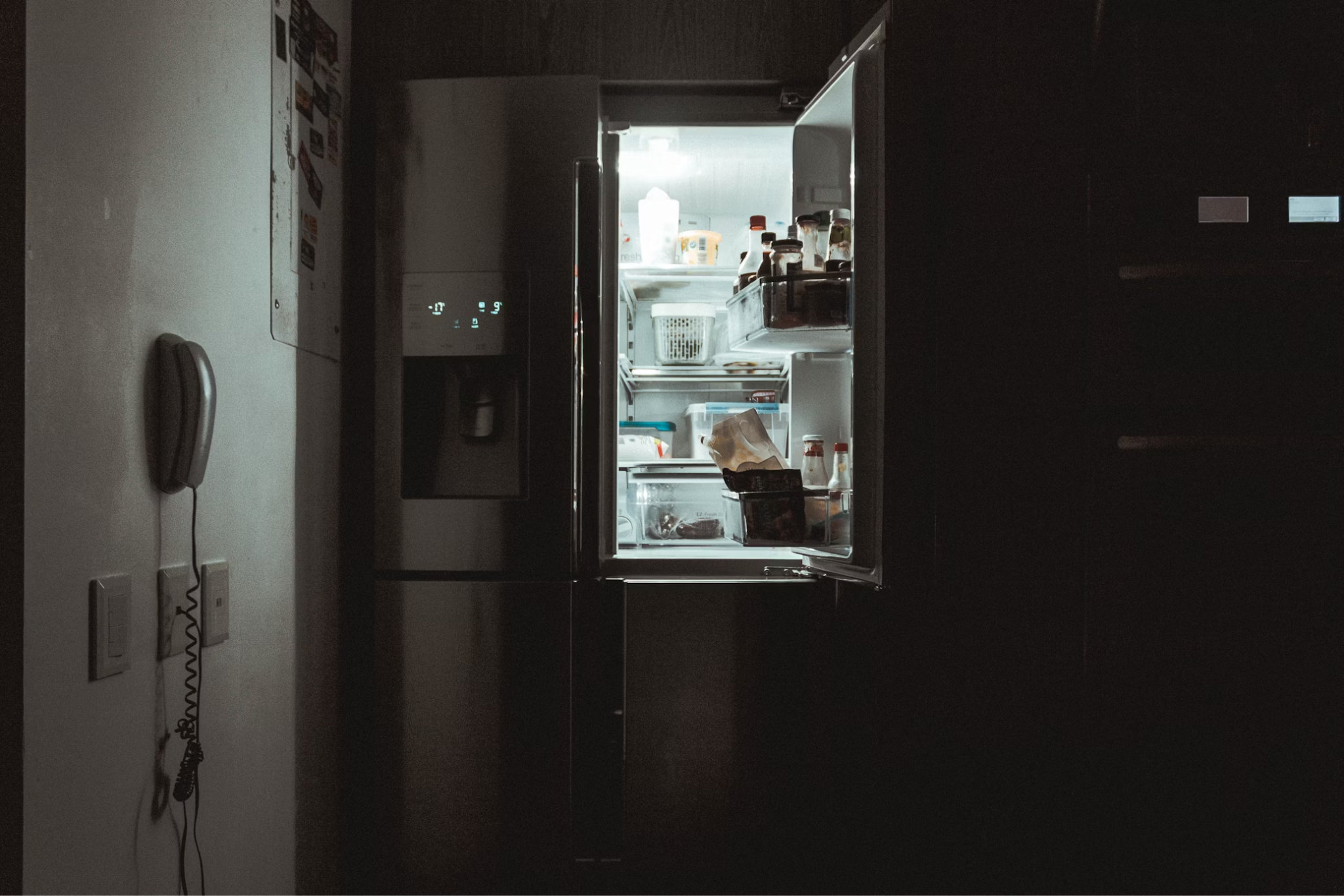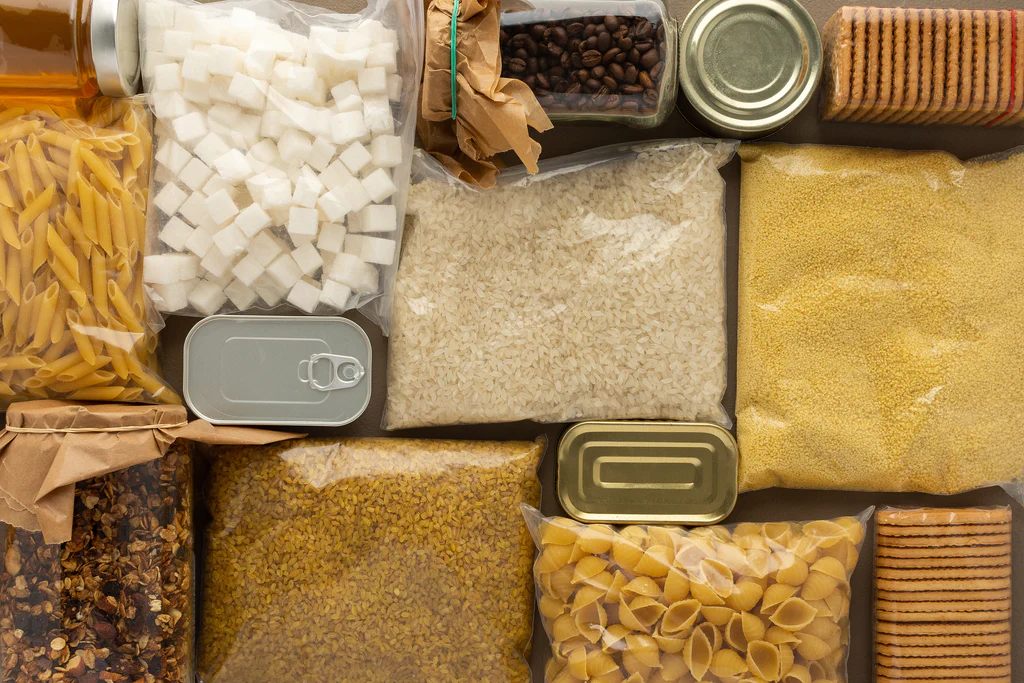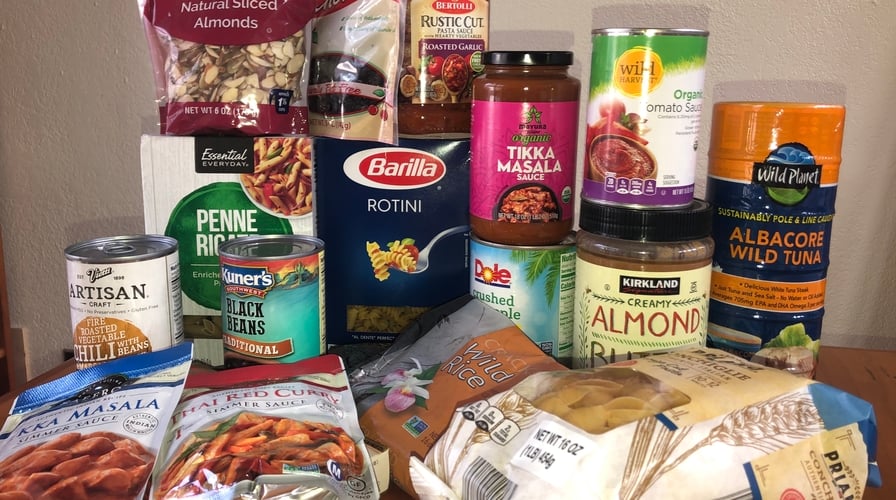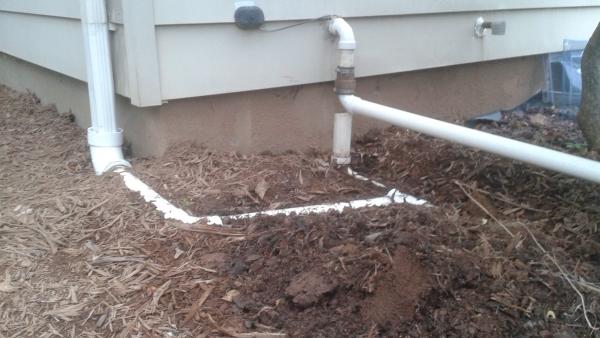Food Storage Basics: Tips And Strategies For Stocking Up On Emergency Rations

Table of Contents
In today’s unpredictable world, the concept of being prepared for emergencies has never been more crucial.
The ability to maintain a well-stocked pantry of emergency rations not only provides a sense of security but also ensures that in times of crisis, one can rely on their resources.
Effective food storage encompasses more than just hoarding supplies; it requires strategic planning, understanding nutritional needs, and ensuring the longevity of the stored items.
This comprehensive approach enables individuals and families to withstand disruptions in food supply chains or natural disasters without panic.
As we embark on this exploration of food storage basics, the goal is to empower readers with knowledge and strategies for stocking up on emergency rations, focusing on maintaining a balance between nutrition, shelf-life, and accessibility.
This foundation is pivotal for building resilience against the unforeseen, ensuring that preparedness is a manageable and integral part of everyday life.
The Importance Of Being Prepared
The rationale for being prepared transcends mere survival; it embodies the foresight to sustain oneself and loved ones during emergencies.
Adequate preparation mitigates the impact of disasters by ensuring essential needs, particularly nutrition, are met without reliance on external aid.
This encompasses a comprehensive strategy for accumulating, storing, and managing food supplies that can withstand the test of time and adversity.
Foundations Of Emergency Food Storage

Initiating the journey towards effective food storage entails a multifaceted approach.
According to a detailed guide on “How to start Prepping,” the process begins with an assessment of personal and family needs, factoring in dietary preferences, health requirements, and the duration for which the supplies need to last.
This step is pivotal in tailoring a stockpile that is both practical and comforting during times of distress.
Evaluating and Gathering Supplies
The cornerstone of prepping involves the meticulous selection of food items that offer longevity, nutritional value, and ease of preparation.
Emphasis is placed on diversifying the stockpile with an array of products to cater to different needs and preferences.
This includes staple grains, proteins, fruits, vegetables, and comfort foods, all chosen for their shelf stability and energy provision.
Storage Techniques and Organization

Efficient storage solutions are essential for preserving the integrity and lifespan of food supplies.
This involves utilizing appropriate containers, maintaining optimal storage conditions, and implementing an effective rotation system.
The goal is to minimize waste and ensure a constant supply of fresh and nutritious food.
Continuous Management and Renewal
A dynamic approach to managing the stockpile is recommended, where regular assessments and updates are conducted.
This ensures the emergency rations remain relevant to the changing needs of the household and are always ready for use.
The practice of rotating supplies, checking expiration dates, and replenishing used items forms the backbone of a sustainable food storage system.
Strategic Food Selection

Choosing the right types of food for your emergency stockpile is critical.
The focus should be on foods that offer high nutritional value, long shelf life, and minimal preparation requirements. This selection process involves:
- Nutrient-Dense Foods: Prioritize items rich in essential vitamins, minerals, and calories to sustain energy levels and health during emergencies. These include whole grains, legumes, nuts, seeds, and freeze-dried fruits and vegetables.
- Shelf-Stable Items: Opt for foods that have a prolonged shelf life without the need for refrigeration. Canned goods, dried foods, powdered milk, and certain types of jerky are excellent options.
- Ease of Preparation: Consider the ease with which these foods can be prepared, especially in situations where cooking facilities might be limited. Ready-to-eat meals, no-cook items, and those requiring only water are preferable.
Effective Food Storage Practices
Storing your emergency food supplies properly is as important as the foods you choose.
Proper storage extends the shelf life of foods and ensures they remain safe and nutritious when needed. Key considerations include:
- Temperature Control: Store food in a cool, dry place to prevent spoilage and extend shelf life. Extreme temperatures can degrade the quality of stored food rapidly.
- Moisture and Pest Management: Use airtight containers and consider oxygen absorbers to reduce moisture and oxygen levels, which can lead to spoilage. Keeping food off the floor and using sturdy shelving can deter pests.
- Organization and Rotation: Develop a system to track expiration dates and rotate supplies to use older items first. This not only prevents waste but also familiarizes the household with the emergency foods.
Comprehensive Home Maintenance

Home maintenance is an ongoing process that safeguards your investment and living quality.
It involves regular inspections and repairs to prevent the deterioration of your home’s components.
From the plumbing system to the roof, foundation, and even the toilet pumps, each part requires attention to ensure your home remains a safe and comfortable space.
Plumbing System Maintenance
Plumbing maintenance is crucial for preventing leaks and ensuring efficient water use.
It includes daily practices to avoid clogs and routine checks for leaks under sinks and slow drains.
Seasonally, it’s important to prepare your plumbing for temperature changes—such as insulating pipes and servicing water heaters—to prevent freezing and maintain efficiency.
Roof And Foundation Care
The roof and foundation are fundamental to your home’s structure and require regular checks.
Bi-annual roof inspections can identify potential leaks or damage early, while foundation inspections can reveal cracks or shifts in your home’s base.
Addressing these issues promptly can prevent significant damage and maintain your home’s structural integrity.
Gutter And Sump Pump Management

Gutters play a vital role in water management around your property, and their maintenance should not be neglected.
Cleaning gutters regularly prevents blockages that can lead to water damage.
Similarly, testing and cleaning your sump pump ensure it’s ready to prevent basement flooding during heavy rainfall or melting snow.
Toilet Pump Maintenance
Within your home’s plumbing system, toilet pumps—especially in systems like macerating toilets—require specific attention to ensure they function correctly.
Regular maintenance can prevent common issues such as clogs or inefficient flushing. Addressing these issues promptly ensures your toilet system remains reliable and efficient.
Key Takeaway
In wrapping up this exploration into the realms of emergency food storage and comprehensive home maintenance, it’s clear that preparedness and regular upkeep are not just about surviving unexpected events but thriving through them.
The strategies and tips discussed, from ensuring a balanced and accessible stockpile of food to maintaining crucial home systems like plumbing and roofing, are designed to fortify your household against the unforeseen.
By adopting these practices, you not only safeguard your family’s well-being but also contribute to a resilient and sustainable lifestyle.
Embracing these principles means turning the unpredictability of life into an opportunity for growth and stability, ensuring that preparedness becomes a seamless part of your daily routine and peace of mind.






